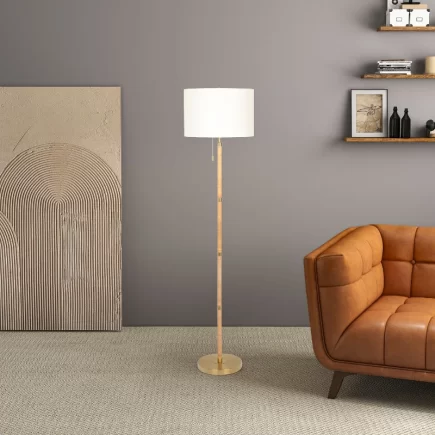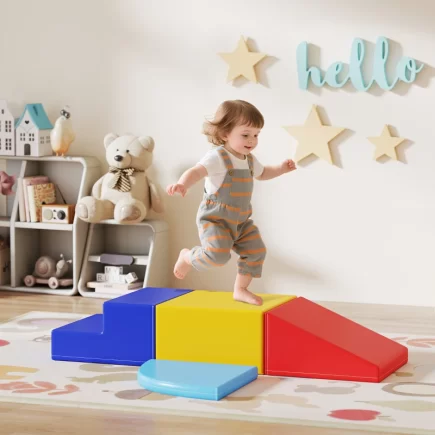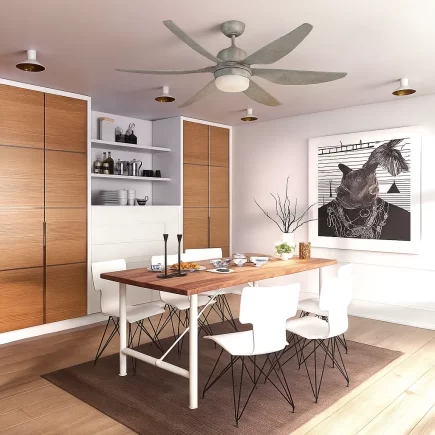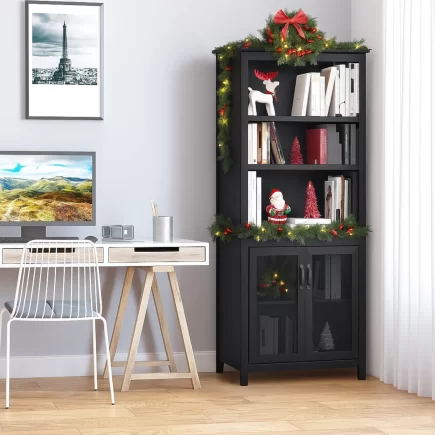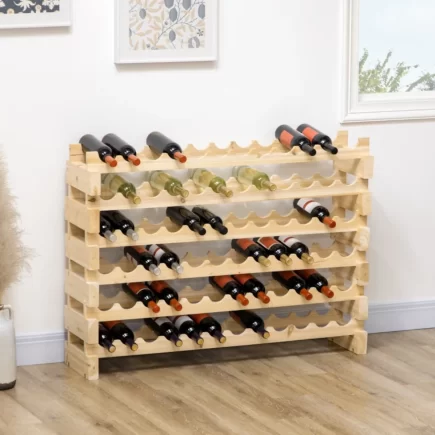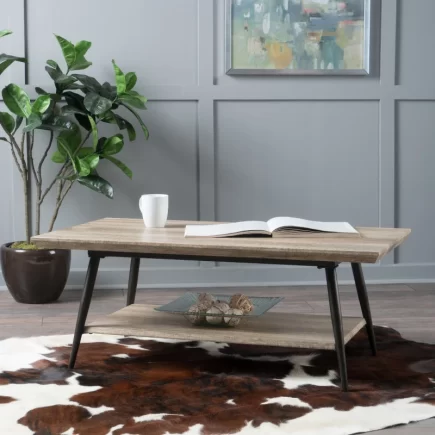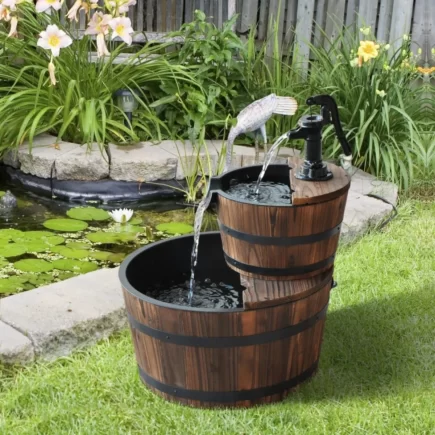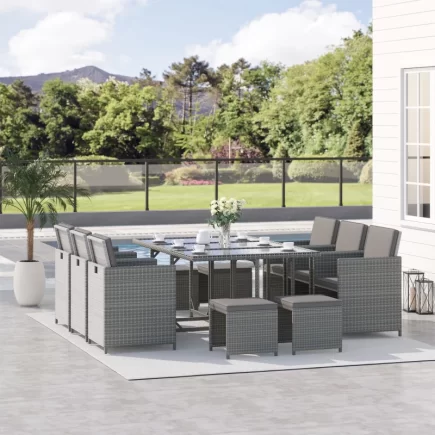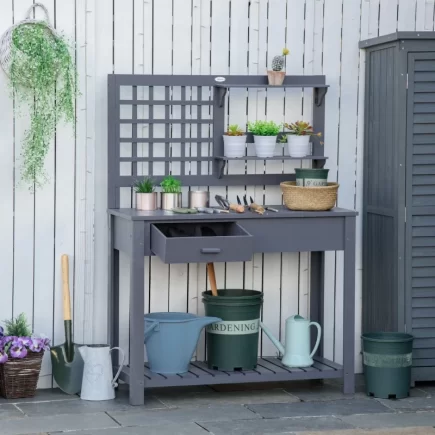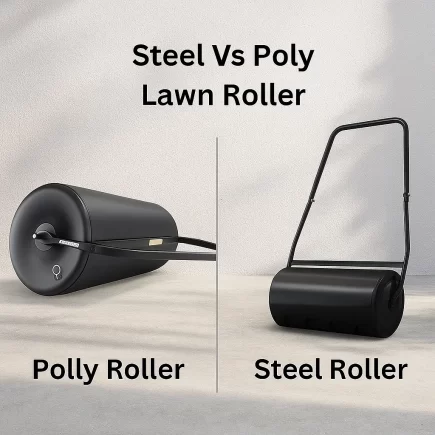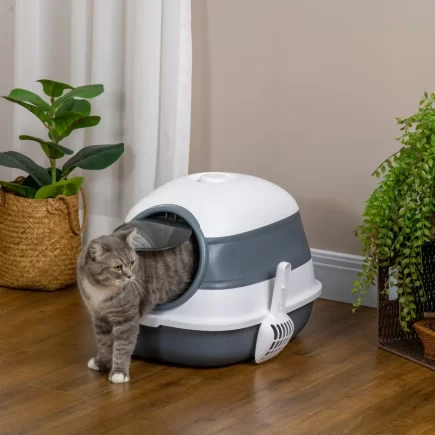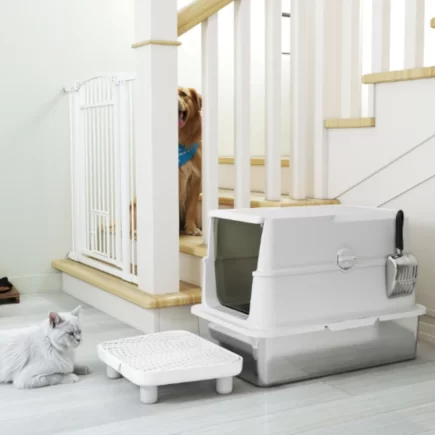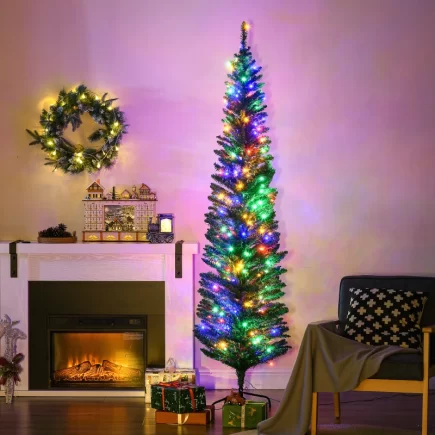Choosing between a wine cooler and a beverage cooler might seem straightforward at first, but there are key differences that can dramatically affect how your drinks are stored, displayed, and enjoyed. Whether you’re a wine enthusiast, a frequent host, or simply need the right appliance for your lifestyle, this comprehensive guide will help you understand the nuances between the two.

Wine Cooler
A wine cooler, also referred to as a wine fridge, is a specialized appliance designed to store wine at optimal temperature and humidity levels. These units are built to protect the delicate nature of wine, particularly red and white varieties, from environmental factors like heat, vibration, and UV exposure. Wine coolers usually include contoured racks that hold bottles horizontally, keeping the cork moist and preventing oxidation.

Beverage Cooler
A beverage cooler, also known as a beverage center or beverage refrigerator, is a more general-purpose unit that stores a wide variety of drinks, including water, soda, beer, juice, and even some wine. Unlike wine coolers, these appliances are optimized for cooling beverages quickly and at colder temperatures.
These coolers are often used in kitchens, home bars, game rooms, or outdoor entertainment areas.
Temperature Range Comparison
Temperature is a critical factor when storing beverages, especially wine.
Wine Cooler
- Typically maintains a temperature range of 45°F to 65°F, which is ideal for both red and white wines. This controlled range helps preserve aroma, flavour, and aging conditions by preventing wine from getting too cold or fluctuating in temperature.

Beverage Cooler
- Operates within a colder range of 33°F to 50°F, perfect for chilling soda, beer, water, and juice quickly. However, this temperature range is too cold for wine storage, as it can dull flavours and damage cork integrity over time.

Wine should never be stored below 45°F, as colder conditions can damage its structure and flavor. Beverage coolers can dip lower, which is ideal for soft drinks and beer but too cold for wine.
Helpful Tip: Some dual-zone beverage centers can be adjusted for limited wine storage, but they won’t replicate a wine cooler’s humidity control.
Humidity and Vibration Control
Wine is sensitive to its environment, especially when stored long-term. Here’s why humidity and vibration control are non-negotiable in a wine cooler:
Humidity Control
Wine corks need just the right amount of moisture to stay sealed. If the air inside is too dry, the cork can shrink, letting air into the bottle and ruining the wine.
- Wine coolers are designed to maintain ideal humidity levels (usually between 60–70%) to prevent this.
- On the other hand, beverage coolers usually don’t offer humidity control, which makes them risky for wine storage over time.
Vibration Control
Wine should stay still while it ages. Constant shaking or vibration like what happens in regular refrigerators or some beverage coolers can disturb the natural sediment in the bottle. This affects the taste and how the wine develops over time.
- Wine coolers are made to run quietly with low or no vibration, often using rubber-mounted compressors or thermoelectric systems.
- Beverage coolers, however, often have basic cooling systems that produce noticeable vibration, making them unsuitable for aging or preserving wine quality.
Shelving Design & Interior Layout Differences
Wine Coolers
- Shelf Type: Contoured shelves designed to cradle wine bottles securely
- Layout: Horizontal alignment to keep corks moist and prevent oxidation
- Flexibility: Limited specifically designed to store standard wine bottles only
Besverage Cooler
- Shelf Type: Flat glass or wire racks that accommodate various container sizes
- Layout: Mixed alignment suitable for cans, bottles, and different drink types
- Flexibility: High can store a wide range of beverages including soda, beer, and juice

Helpful Tip: If you plan to store both wine and other drinks, consider a dual-purpose cooler with mixed shelving.
Bottle and Can Capacity: What Each Can Store
What Can a Wine Cooler Store
A wine cooler is built specifically to hold wine bottles, nothing more, nothing less. Most models can store anywhere from 12 to 50 bottles, while high-capacity options can go well over 100 bottles. The shelves are shaped to cradle standard wine bottles horizontally, which helps keep corks moist and wine preserved.

Beverage Cooler Store
Beverage coolers are more flexible. They’re designed to store a mix of drinks like soda cans, water bottles, beer, and even juice boxes. These units typically hold 60 to 150 cans, depending on the size. Their shelves are adjustable, making them more versatile but not ideal for long-term wine storage.
Installation Types: Built-in, Under-Counter, Freestanding
| Installation Type | Wine Cooler | Beverage Cooler |
| Freestanding | Yes | Yes |
| Built-In | Yes | Yes |
| Under-Counter | Yes | Yes |
Wine and beverage coolers both come in a variety of installation styles. Make sure the cooler has front-facing ventilation if you plan to install it under a counter.
Energy Efficient
Wine coolers often use thermoelectric or low-vibration compressors, which are energy efficient but slower to cool. Beverage coolers use stronger compressors to chill quickly, which may increase energy use.
Wine Cooler
This unit consumes around 61 watts of power during operation, making it highly energy-efficient for daily use. At this wattage, annual energy usage is approximately 134 kWh/year, assuming regular use, which is well below standard refrigerator consumption.

Beverage Cooler
This unit operates at 175 watts and consumes approximately 175 kWh per year, which is moderate for a beverage cooler of its size and capacity. With room for up to 190 cans, it balances energy usage with high-volume storage effectively.

When it comes to choosing between a wine cooler and a beverage cooler, the right option ultimately depends on your needs and lifestyle. If you’re a wine enthusiast who values flavour preservation, cork integrity, and long-term storage, a dedicated wine cooler is the clear choice.
On the other hand, if you need a versatile unit for soda, beer, water, and mixed beverages, a beverage cooler offers the flexibility and quick chilling power you’ll appreciate. Some households even find value in owning both or opting for a dual-zone model to cover every occasion. By understanding the differences in temperature range, humidity control, shelving design, and capacity, you’ll be better equipped to select the cooler that not only fits your home but also enhances how you enjoy your favourite drinks.
FAQs
1. Can I run a wine or beverage cooler on a portable power source or generator?
It depends on the wattage and voltage. Smaller coolers under 100 watts (like many wine coolers) are generator-friendly. Always check compatibility with your specific appliance’s energy rating.
2. How much noise do wine and beverage coolers typically make?
Wine coolers, especially thermoelectric models, operate very quietly often under 40-45 dB. Beverage coolers with compressor systems may produce more noticeable hums, especially when cycling on or off.
3. Do wine or beverage coolers require ventilation space around them?
Yes. Freestanding models need clearance typically 2–4 inches around the sides and rear. Built-in models are front-vented but still benefit from some airflow to prevent overheating.

